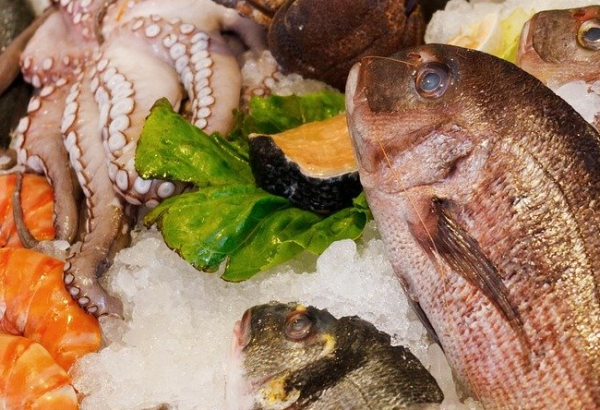Sea foods are counted one of the healthiest of foods on the planet. They are highly nutritious with a high constituent of protein and vitamins essentially needed for growth and the body’s nourishment. Sea foods such as fish, are essentially a good source of omega-3 fatty acids which plays an imperative role in not just body nourishment but that of the brain too. It also plays the role of an anti depressant while promoting brain development, eye health and reducing the risk of certain cancer.
Categories of Sea Foods
The term Seafood is a broad term for quite a number of edible aquatic animals. But these fleshy aquatic edibles can be categorized into 3 major breed namely:
Crustaceans:
Crustaceans are invertebrates with a carapace. Their bodies are structured to have three parts. The head, the thorax and the abdomen. Crustacean especially larger decapods are eaten by humans. Examples of these are crabs, lobsters, prawns, crayfish, shrimps, langoustine, krill and barnacles.
Fish:
These are aquatic craniate animals possessing gills which aids in breathing, fins for locomotion and scales on their respective bodies for protection. Examples of these are, trout, cod, salmon, tuna, haddock, sea bream, plaice and sharks.
Mollusca:
Mollusca (or mollusks) are an important class of invertebrate animals. They constitute the second largest phylum of invertebrate animals after the arthropods. Mollusks consumption as part of everyday diet can also be helpful in avoiding many ailments as they are rich in vital nutrients and active secondary metabolites, as well as have the ability to enhance immune response. Examples of these are, squid, octopus, cuttlefish, snails, clams, oysters, scallops, whelks and mussels.
Nutritional contents and calories in sea food
Calories refer to units of energy contained within consumables. It is the smallest measurement of nutritional value contained within food substances. Calories are vital for the body’s growth, development and well being, but only of course when it’s intake is in just the right amount. It is eccentric to note that since there is a variation in body type, size and structure, the quantity of calories required by every individual’s body daily differs. Foods that contain a high level of energy but little or no nutritional content are considered empty in calories.
The importance of calories in the body cannot be overemphasized, vital organs such as the lungs and heart would cease, being unable to carry out basic day to day functions expedient for living. As essential as calories are to man, when consumed in excess or a minute quantity below the daily requirement could have quite an undesired outcome. Sea food are very rich in nutrients. A 3.5 oz. Of seafood can give about 100-200 calories.
Nutritional and calories chart of some sea food
Oyster: This is highly nutritional as it is a very good source of essential nutrients. Oyster is a very good meal to add to your diet. They can be eaten alone or as part of a main meal.
Nutritional Content of Oyster
| Calories | 66.6kcal |
| Total fat | 1g |
| Saturated fat | 0.3g |
| Trans fat | 0g |
| Monounsaturated fat | 0.16g |
| Polyunsaturated fat | 0.23g |
| Cholesterol | 65mg |
| Sodium | 0 mg |
| Total carbohydrate | 4g |
| Fiber | 0g |
| Sugar | 0g |
| Protein | 10g |
| Vitamin D | 0 mg |
| Calcium | 102 mg |
| Iron | 0 mg |
| Potassium | 0 mg |
| Vitamin A | 0 mg |
| Vitamin c | 0 mg |
It is instructive to note that though vital, calories can be linked to weight gain and obesity . They only pose a health risk when consumed in excess, exceeding the daily prerequisite.
Sponzor: English irregular verbs

